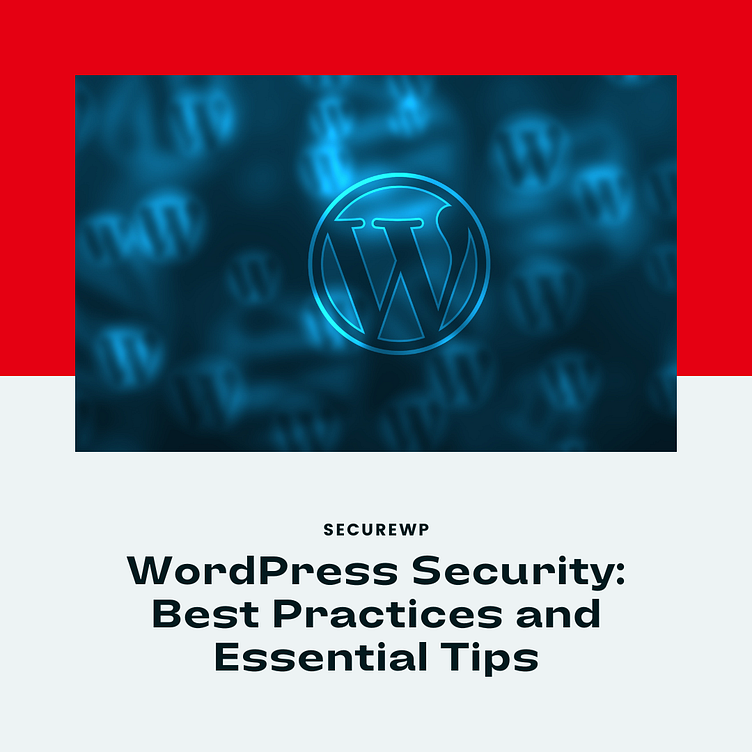WordPress Security Best Practices and Tips
WordPress powers millions of websites worldwide, making it a prime target for hackers. Ensuring the security of your WordPress site is crucial to protect your data, reputation, and visitors. Here are some best practices and tips to enhance the security of your WordPress website:
Keep WordPress Updated: Regularly updating WordPress core, themes, and plugins is vital. Updates often include security patches that fix vulnerabilities exploited by hackers. Enable automatic updates whenever possible to stay protected against emerging threats.
Use Strong Passwords: Weak passwords are an open invitation to hackers. Choose complex passwords containing a mix of uppercase and lowercase letters, numbers, and special characters. Additionally, consider using a password manager to generate and store secure passwords.
Implement Two-Factor Authentication (2FA): Two-factor authentication adds an extra layer of security by requiring users to provide two forms of verification before accessing the website. This can include a password and a unique code sent to their mobile device or email.
Limit Login Attempts: Brute force attacks involve repeatedly attempting to guess login credentials. Limiting login attempts helps thwart these attacks by blocking IP addresses that exceed a certain number of failed login attempts within a specified time frame.
Install a WordPress Security Plugin: Numerous security plugins are available for WordPress, offering features such as malware scanning, firewall protection, and activity monitoring. Popular options include Wordfence, Sucuri Security, and iThemes Security.
Secure File Permissions: Set appropriate file permissions on your WordPress installation to restrict access to sensitive files and directories. Generally, directories should have permissions of 755, while files should have permissions of 644. Avoid giving write permissions unless absolutely necessary.
Regular Backups: Regularly backing up your WordPress site is essential for disaster recovery in case of a security breach or website malfunction. Backup both your files and database regularly and store backups in a secure location, preferably offsite or in the cloud.
Disable Directory Indexing: Prevent unauthorized access to your directories by disabling directory indexing. This ensures that visitors cannot view the contents of directories without an index file present, reducing the risk of exposing sensitive information.
Use HTTPS: Encrypting data transmitted between your website and its visitors is crucial for protecting sensitive information such as login credentials and personal data. Install an SSL certificate to enable HTTPS encryption, which also boosts your site's SEO.
Monitor Website Activity: Regularly monitor your website for suspicious activity, such as unauthorized logins, file changes, or malware injections. Install a security plugin that provides activity logs and alerts you to potential security threats.
By following these WordPress security best practices and tips, you can significantly reduce the risk of your website falling victim to cyber attacks. Prioritize security to safeguard your online presence and maintain the trust of your visitors.
